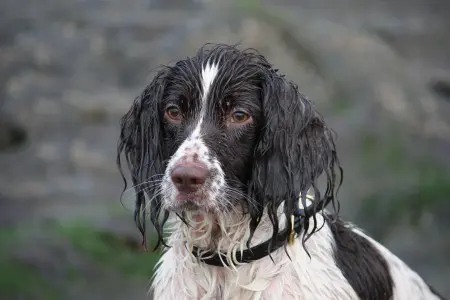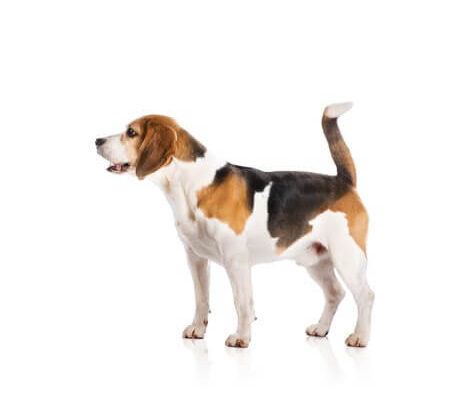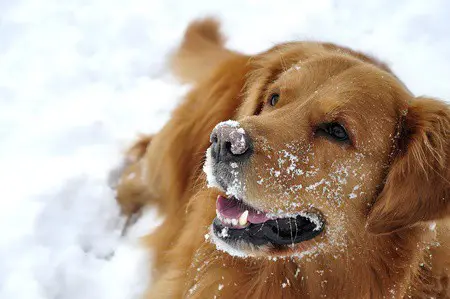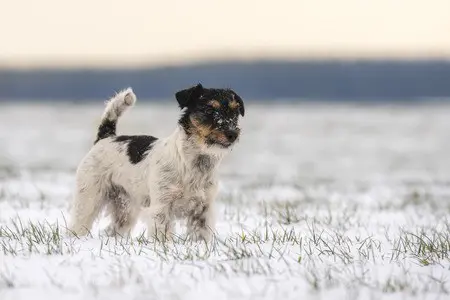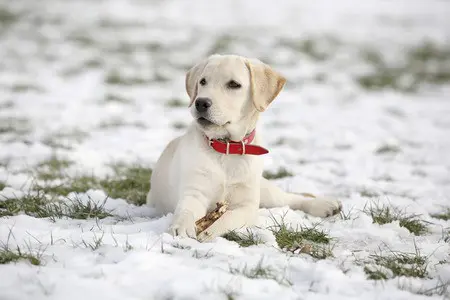How to make your dog play nice – Top Tips
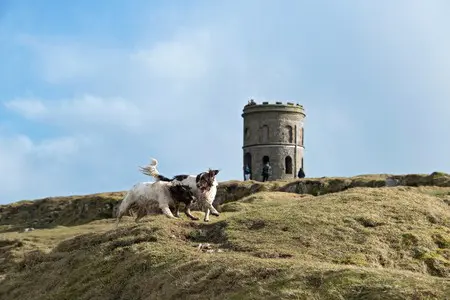
Make Your Dog Play Nicely – Top Tips in Playing Dogs
Playing games with your dog is lots of fun for both you and your dog and it also helps to build strong bonds, but you need to maintain boundaries to make sure it is always on your terms and not his! This is key in how to make your dog play nice. Play brings lots of benefits from time spent interacting together and there are huge advantages to using play to train your dog.
Puppies play rough with their brothers and sisters which include nipping and biting to gain status. However, when you bring them home, they maintain that behaviour, so we need to show them what is acceptable and what’s not. Play biting or mouthing and chewing amongst puppies is perfectly normal behaviour, but we do need to train him to know that human’s have sensitive skin and that he needs to be gentle. This is especially so for a puppy that is going to live with and tolerate small children.
Bite inhibition is a learned response in which the dog consciously inhibits the full force of his biting ability. By helping your dog to learn this early on as a puppy it can help to avoid biting incidents with other dogs and people. Puppies who are properly socialised will learn bite inhibition whilst playing with his siblings and feeding from the mother dog. If a pup bites too hard, she will train them by standing up and walking away. When a pup bites too hard during play with siblings, a bitten pup will yelp and stop playing rough. That teaches the pup that hard biting will end play.
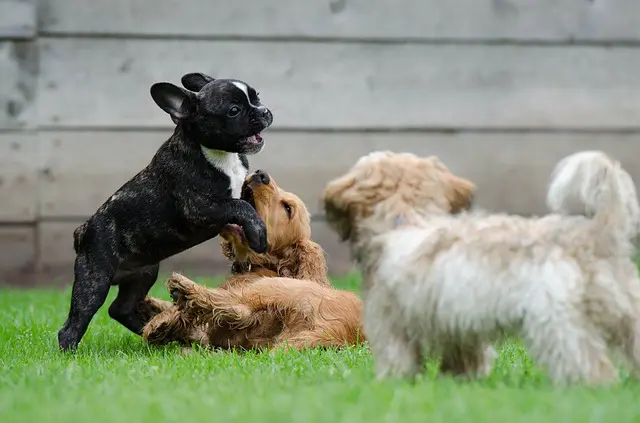
Do’s & Dont’s – Training Pups To Play Nice
Humans can use the same idea to teach their puppy bite inhibition. If the pup bites your hand too hard, give a loud yelp and take your hand away and stop interaction. It reinforces the action if you freeze and avert your eyes away from the puppy. Offer your pup a toy to chew on in place of your hand or clothing, but if he shows little interest and wants to return to hard biting, walk away and end the play. He needs to learn that fun stops if he is not gentle.
Play fighting should be avoided and never encouraged especially with powerful or guarding breeds. Play biting can be painful and whilst it could be tolerated as a puppy, if not curbed it sends out the wrong message and the unwanted behaviour can continue into adulthood. It also establishes rank, so if you do play tug, make sure you always win and never the dog. If your dog will not let go of the toy, offer another one in its place and stop the game, so in effect you win.
Be aware of how you use your voice when playing. A high pitched tone creates excitement, whereas a lower calmer tone establishes control and leadership. The same goes for your posture during play and when training. Your height and stature, together with eye contact, reinforces your status as the decision maker.
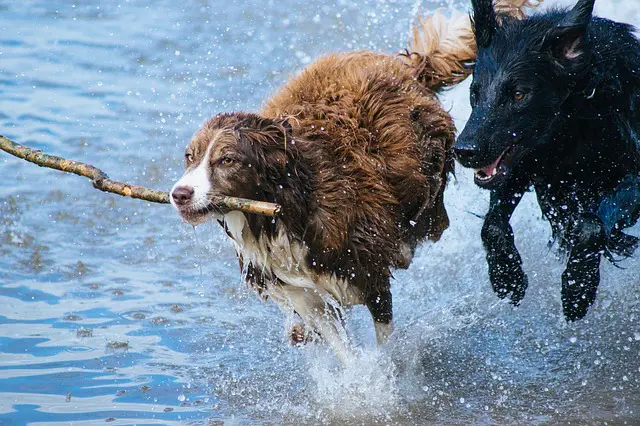
Playing Dogs – Top Tips & Training Guide
Using play and toys makes exercise fun and toys are also a good mental stimulant, but teach them the rules and decide what outcome you want. It may be to help with basic training commands such as sit and stay using the toy as a reward. Balls are great for that and most dogs will engage with a game of fetch. Or you could develop your dog’s enthusiasm further towards agility or competitive obedience.
The Beco range of dog toys are not only ‘eco’ friendly and made from recycled material, but also tough and long lasting and in particular the Beco dog ball can be stuffed with food treats which can keep your dog occupied for ages working out how to get to the goodies. The ball on a rope is also a great one for a game of fetch.
When using toys in training, keep those toys only for outside training. If they are around at home to use at any time, the excitement of playing with them is lost and therefore not such a useful training aid. Take the balls away as soon as you return home.

